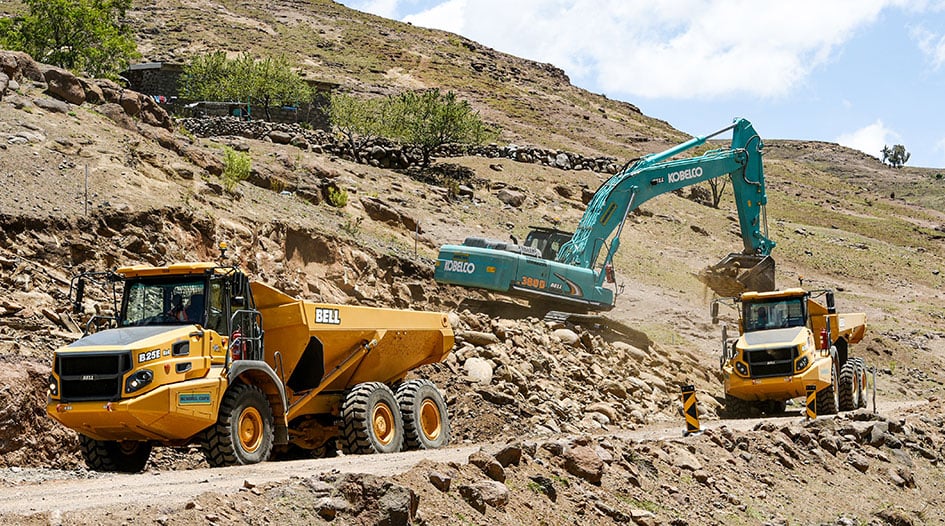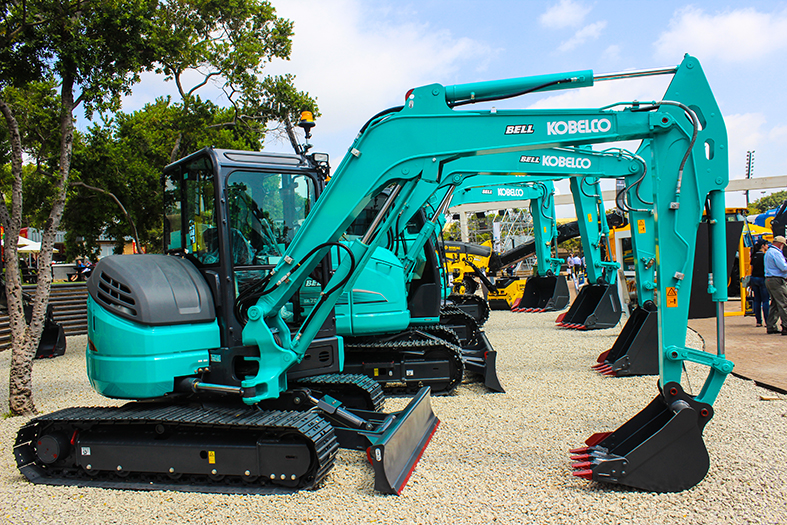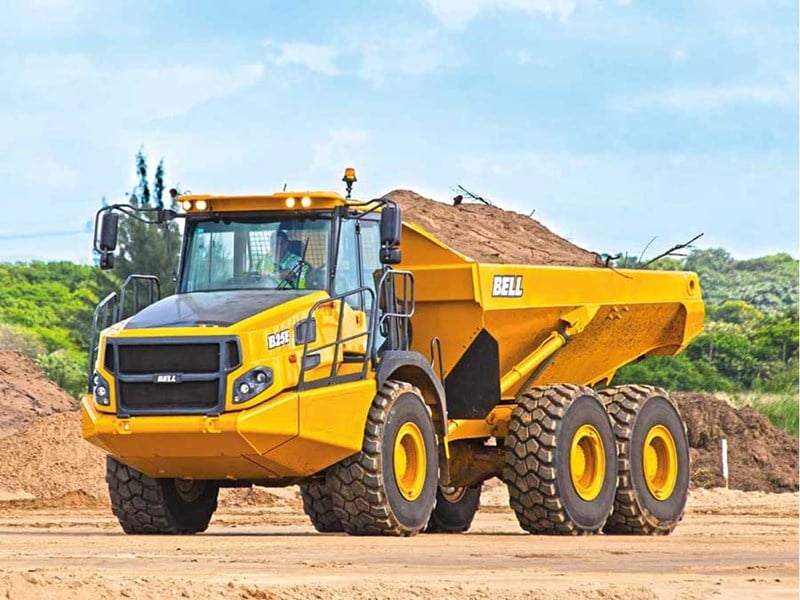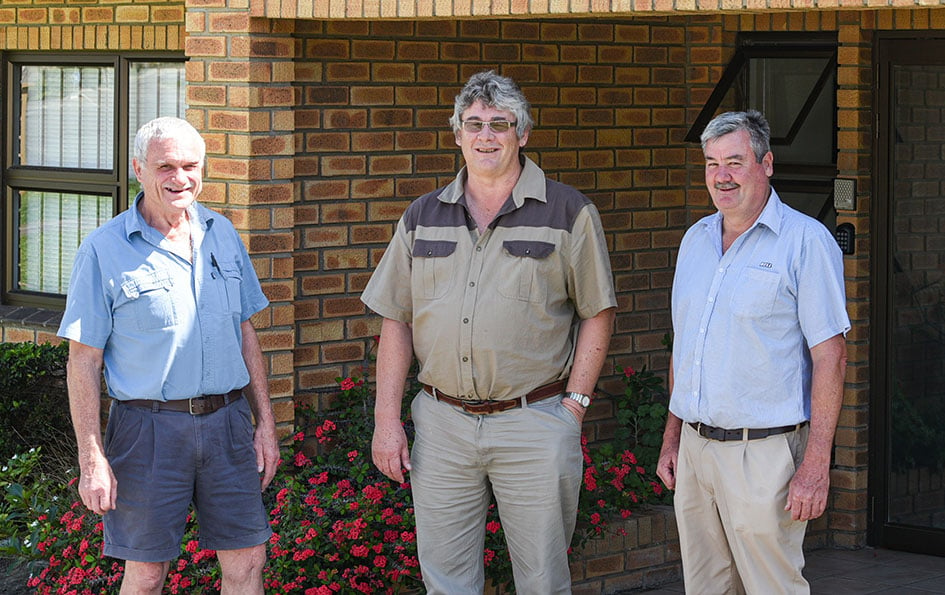Implementation of Phase II of the Lesotho Highlands Water Project (LHWP), one of the world’s most successful trans-boundary water resource management schemes between the governments of Lesotho and South Africa, continues. Equipment manufactured and sold by Bell Equipment is being used at the forefront of this project.

A project that was already evaluated in the 1980s and that will finally be implemented thanks to Bell machines.
It is a plan to build dams and tunnels that would allow water supply in Gauteng, the smallest but also the most industrialized province in South Africa. Given the scarcity of water and the growing demand, the project should allow the transfer of 70 cubic meters of water per second northwards to the Vaal river system in Gauteng and using the water delivery system to generate hydroelectric power in Lesotho.
The project, which is divided into two phases, currently sees the implementation of Phase II entrusted to the Lesotho Highlands Water Project (LHWP). This phase of the project comprises of the construction of the 165m high Polihali Dam in the Mokhotlong district of Lesotho. It will be a concrete faced rockfill dam (CFRD) with the capacity to hold 2,2 billion cubic metres of water. The second feature is a 38km water transfer tunnel which will be constructed to transfer water from the Polihali Dam to the existing Katse Reservoir.
Phase II will increase the volume of water to be delivered per annum from the Katse Dam to South Africa from 780 million cubic metres to more than 1 260 million cubic metres.
It should also be considered that for Phase II hydropower will increase the amount of electricity generated in Lesotho, an important independent energy resource for a mountainous country like this one that is landlocked.
Challenges to face with Bell Equipment
Since it’s a big project, the first major challenge is to provide reliable access to the various construction sites and this particular project has an added curve ball to it. A very large tunnel-boring machine (TBM) has to be brought onto the site, which is situated at an average altitude of 2 300 metres above sea level. The tunnel that will connect the new Polihali Dam with the existing Katse Reservoir will be six metres in diameter and that gives one an idea of how big this piece of advanced machinery is.
The Polihali Western Access Road (PWAR) is a new road being constructed as part of the Phase II roads infrastructure. The road will tie into the Northern Access Road (NAR) which provides access to the Katse Dam basin between Leribe and Katse village, through Pitseng. The two roads join at Ha Seshote and will provide a further link to the proposed Polihali Dam basin for the TBM and transporting of other equipment.

The Polihali Western Access Road project is split into two sections, the East and the West. Rumdel Cape, a well-known construction company specializing in roads and headquartered in East London, is responsible for the construction of 33,5km – the longest section of the access road.
Belle Equipment’s presence on the site was requested by the plant manager at Rumdel Cape, Derick Smit.
“Rumdel Cape has a long history with Bell Equipment and especially the company’s Articulated Dump Trucks (ADTs) that we’ve run to very high hours. We have Bell B20D ADTs that date back to 2003 and 2007 with some reflecting 26 000 hours of reliable service and despite those massive hours, have not been rebuilt.”
The companion already owned a fleet of 13 ADT Bell B25Ds and four Bell B20Ds, and having proven their quality, longevity and reliability, they decided to rely on the quality of the new Bell machines for this project, purchasing four new ADT Bell B25E 6x4s together with a Kobelco SK380LC-8 excavator.

According to Johan Human, Rumdel Cape’s Project Manager on the site, the company has during the 23-month contract period been tasked with moving 1,3 million cubic metres of material to construct only its section of the access road and of this, 1,1 million cubic metres will have to be blasted in order to move it. Another challenge is that of countering constant high winds that kick up dust and with about 5km of the road site being above the snow line, snowfalls at any time of the year are a constant threat to safety. Both Johan and Derick don’t consider snowfalls to hamper the progress of their Bell ADT fleet in meeting their production targets.
Because of the high altitude, diesel engines are expected to drop between 10 to 15% in performance, but Derick trust in his partner Bell and supports these Bell B25E 6×4 ADTs are hauling blasted rock from cuttings up and down some pretty steep hills and doing so with ease.
“The first feature that comes to mind, which is particularly applicable to safety on the LHWP, is that the truck won’t tip if it stands at an angle that differs more than nine degrees from horizontal. Other features such as anti-rollback, a park-brake that kicks in timeously and the ‘i-tip’ feature all help to make our operations safe.”
Another feature which has made Rumdel Cape very happy with this collaboration is the Fleetm monitoring system that gives us accurate figures on cycle times, loads carried and fuel consumption which at this point varies between 8 and 12 litres an hour.

Derick, a professional mechanical engineer, explains the thinking behind their decision to acquire a Kobelco SK380LC-8 38-ton Excavator, which is the first such machine in Rumdel Cape’s fleet.
“An adequate loading tool for our Bell B25 ADT fleet would probably have been a 30-ton machine but as we’re confident of the Kobelco’s longevity and thinking ahead to future work, we’re pleased with the slightly larger capacity,”
he says and with a smile adds:
“Sporting a vivid turquoise colour, it’s also a lot closer to our own corporate colours!”
Source: Bell Equipment


 Copyright 2017-2023 All rights reserved.
Copyright 2017-2023 All rights reserved.